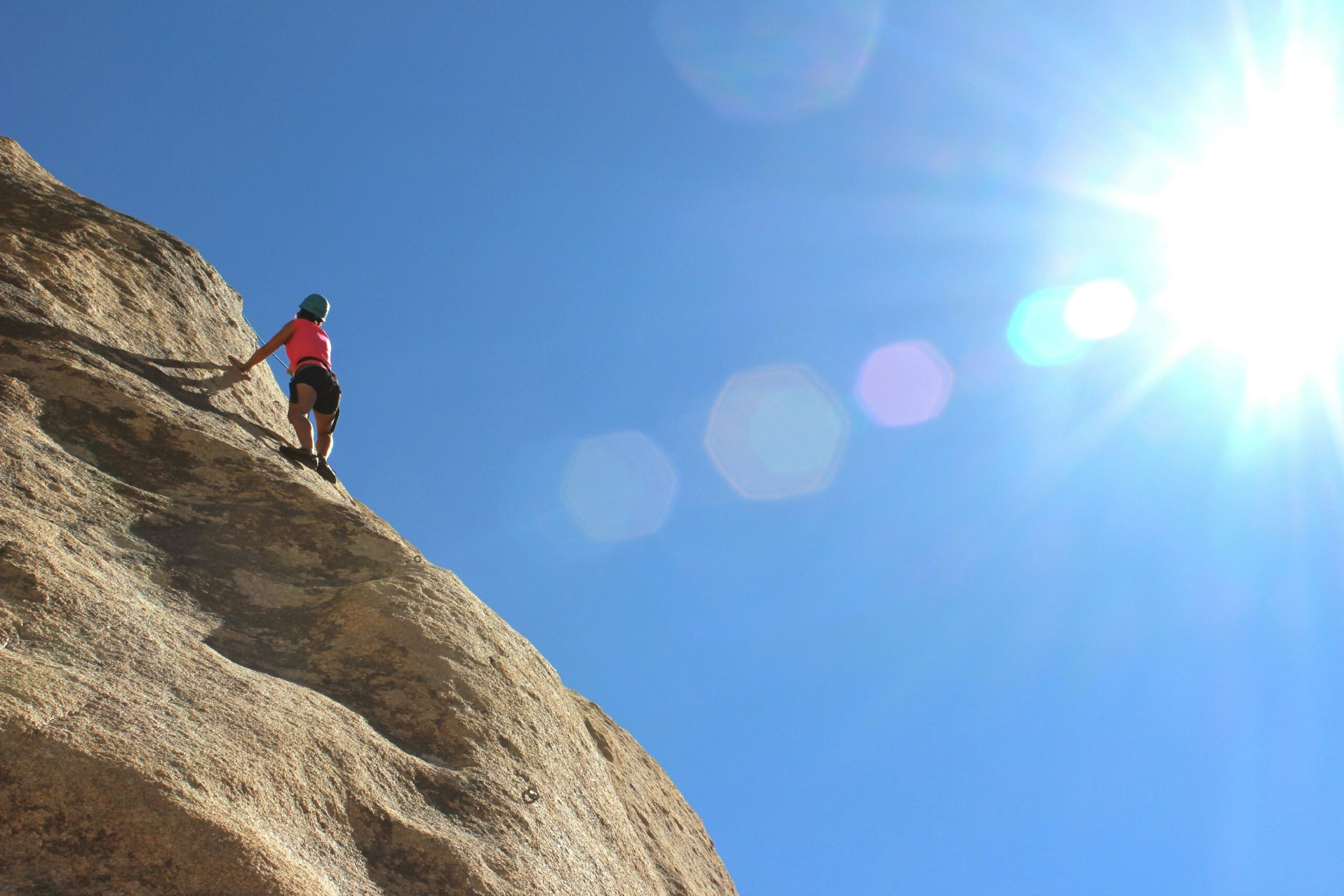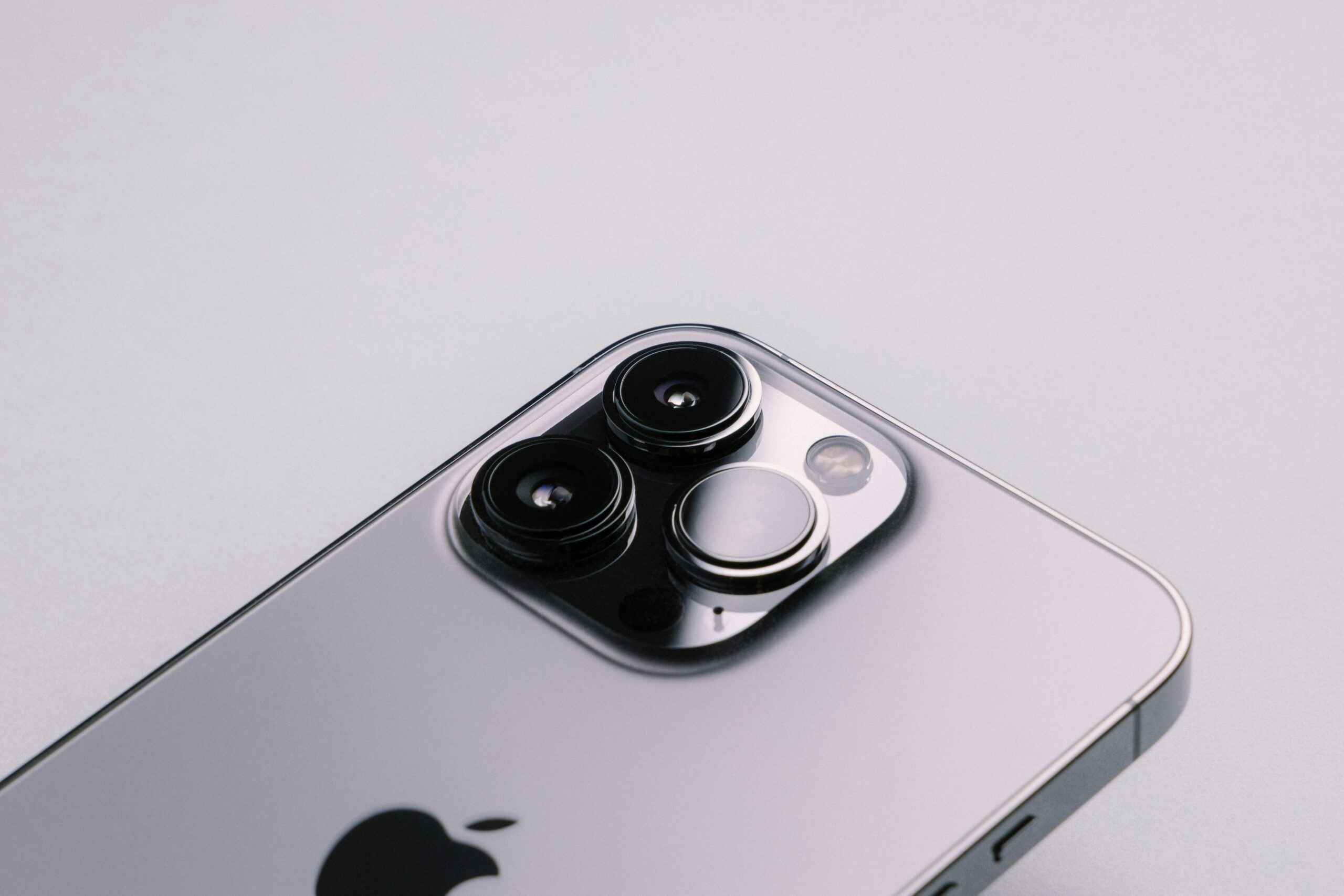Ever found yourself dangling mid-climb, praying your belay device doesn’t slip? It’s happened to the best of us. You’re not alone if you’ve questioned whether your gear is as reliable as it claims to be. Enter auto-locking mechanisms—the unsung heroes of climbing belay devices.
In this guide, we’ll unpack why auto-locking mechanisms are critical for climbers, how they work, and what to look for when choosing one. We’ll also share actionable tips, real-world examples, and answer some burning FAQs. Ready to elevate your climbing game?
Table of Contents
Key Takeaways
- Auto-locking mechanisms reduce human error and enhance safety while climbing.
- Not all belay devices are created equal—choosing the right one can make or break your climb.
- Proper maintenance and regular checks are essential for optimal performance.
Why Trust Matters in Belay Devices
I’ll never forget the time I almost fell because my partner forgot to lock their belay device properly—it was a lesson I didn’t want to repeat. Mistakes happen, but they shouldn’t cost lives.
The climbing community has seen its fair share of accidents caused by equipment failure or oversight. That’s why innovations like auto-locking mechanisms have become so crucial. They act as your backup plan when fatigue, distraction, or inexperience kicks in.
Here’s the deal: Traditional belay devices require constant vigilance from the user. One slip-up—a twist of the rope here, an unlocked carabiner there—and disaster strikes. Auto-locking systems eliminate that risk by engaging automatically, keeping you secure even in chaotic moments.

How to Choose a Belay Device with Auto-Locking Mechanisms
Optimist You: *“This sounds easy enough!”*
Grumpy You: *“Not so fast. Picking the wrong belay device could ruin more than just your weekend plans.”*
Step 1: Understand Your Needs
Are you a beginner or an experienced climber? Do you mostly climb indoors or outdoors? Knowing your style helps narrow down options.
Step 2: Look for Certified Products
Always check for certifications like UIAA or CE markings. These ensure the device meets industry safety standards.
Step 3: Test Before You Buy
If possible, test the belay device at a local climbing gym or store. Get a feel for its weight, ergonomics, and ease of use.

Tips for Maximizing Safety with Auto-Locking Belay Devices
- Read the Manual: Sounds boring, right? Don’t skip it—manufacturers include lifesaving details.
- Practice Makes Perfect: Train extensively before relying solely on the device during climbs.
- Inspect Regularly: Check for wear and tear, dirt buildup, or corrosion.
- Avoid Terrible Advice: Never hear “Oh, don’t worry about checking the mechanism; it works fine without it.” FALSE!
Rant Alert: Nothing grinds my gears more than people thinking climbing safety is optional. Wear your helmet, double-check your knots, and respect your gear!
Real-World Success Stories
Meet Sarah, an avid outdoor climber who swears by her auto-locking belay device: “It saved me once when I forgot to manually engage the lock after switching positions. If it weren’t for that feature, I’d probably still be stuck—or worse.”
Data backs her up too. A study published in the Journal of Outdoor Recreation revealed that adoption rates of auto-locking mechanisms reduced climbing-related injuries by 27% over five years.

Frequently Asked Questions
Do I Need an Auto-Locking Belay Device If I’m Just Starting Out?
Absolutely. Even beginners benefit from added security, especially since mistakes are more likely early on.
Can I Use Any Carabiner With My Auto-Locking Device?
Nope. Always use compatible carabiners designed for your specific model. Mismatched gear can compromise safety.
Are These Devices Heavy?
Modern designs prioritize lightweight materials, making them no heavier than traditional models.
Conclusion
Auto-locking mechanisms aren’t just fancy tech—they’re a lifeline for modern climbers. By understanding their importance, learning how to choose the right device, and following proper usage guidelines, you can climb smarter and safer.
Remember: No piece of gear replaces good judgment. Stay sharp, stay informed, and let technology support—not replace—your skills.
Like loading a Tamagotchi, maintaining your gear requires daily care. Keep climbing, and keep exploring new heights.


